“Some people consider feet to be unclean & dirty, but they are what is in contact with the earth beneath us; they are the first thing that touches the water in the oceans & seas from whence we came; they lead us to where we want to go in life; they can be a source of laughter and sensuality; they help us to count to ten, and they are part of us. So if you believe feet to be unclean, then so are we. But if we take good care of them, then they will look after us in our time of need, and give us a whole lifetime of enjoyment.
I love my feet, and you should love yours too.”
― Anthony T. Hincks
That’s quite a romantic sentiment for body parts that ‘gross people out’ and are generally hidden – often in shoes that do us no good! There are many reasons to say “feet first!”, especially when it comes to your posture and body alignment. Your feet both stabilise and support your entire body. Although your spine and pelvis hold your torso in place, if your feet are out of alignment, the rest of the muscles in the body work harder than they should have to.
So, what are the most important things to know when it comes to foot health?
The difference between strong and weak feet?
Strong feet ensure the stabilisation of your ankles, knees and hips. They’re the foundation of good balance and safeguard against unnecessary strain on other muscles and joints. Weak feet are often flat, or have very high, stiff arches, resulting in stress injuries and / or misalignment of the body.
Pronation is the natural movement of your foot during walking and running. Weak feet can result in over-pronation or supination.
- Over-pronation (flat feet) means your feet and ankles roll inwards, and the knees follow
- Supination, often the result of very high, stiff arches, means the foot and ankle roll outwards,
Both put strain on the knees, misaligning the pelvis and everything that balances on top of it (torso, neck, head). Read more about the most common foot injuries and why they happen.
Why is stance important?
Think about how you stand. We all have our own natural stance we find comfortable… or are used to. You might stand like a ballerina – one foot forward, angled out in front of the other – a friend might stand with legs far apart and arms crossed, leaning slightly back. Why does it matter?
We talk about getting rid of the ‘aches and pains’ that come with age. To a large degree, how we stand influences our physical ‘comfort’ in how we move. A sore back, burning neck and shoulders or tender heels are mostly preventable if you just pay a little attention to your feet.
A proper stance allows for strong, effortless movement and an easy transfer of weight from your body to your toes. Having a good stance allows you freedom of movement.
A good stance means your body is in alignment, properly integrated and structurally functioning at its best.
So, what’s the best, or correct way to stand?
First, bring some awareness to how you stand naturally – which way do your feet point; is one more in front of the other; what’s happening with your ankles, your knees; where are your arms? Take a mental snapshot.
Now, try this out:
- Place your feet directly under your hips, facing forward. Now
- Draw an imaginary line straight up from your ankles to your knees, then your hips. Don’t lock your knees
- Lengthen your tailbone and relax your stomach and shoulders.
- Your arms should hang loosely from your shoulder girdle at your sides.
Feels weird, right? Some people compare it to standing like an orangutan with better posture.
Now, become aware of what your feet are doing when you move:
What do your feet do while walking or running, squatting? When you sit, stand, walk, lunge or squat. Your foot should lie directly in front of your knee. If you look down, the middle of your knee should be in line with the space between your big and second toe.
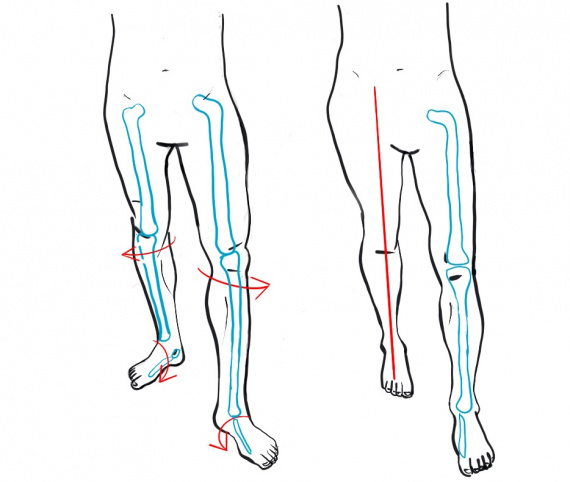
What to actively avoid and why.
- Turning your feet outwards or inwards.
The inward or outward position of your feet during movement:
- disrupts the natural arrangement of the bones in your feet,
- over time resulting in the collapse of your knees, hips, pelvis and spinal column with shoulder-neck areas, placing stress on your joints.
- Stress on your joints will ultimately result in discomfort, pain and injury.
How to avoid lower and upper back pain, foot ache and improve your movement
Balance in the body begins with feet. Muscular issues in the upper part of your body are often actually rooted in the feet or ankles. Strengthening your feet and fixing your stance and gait will reduce the risk of potential future pain, or be the solution to current stress and strain you might be experiencing.
Prevention is better than cure!
Don’t wait until you begin experiencing the limitations of moving with pain and strain. Now’s the time to get to work strengthening your feet, ankles, stance and gait so that your whole body is aligned, moving with ease and you’re always ready to put your best foot forward!
TheOptimal.me has a great corrective programme for ankles that will get you moving forward with a spring in your step in no time. Why not give it a try? (you can find it here)
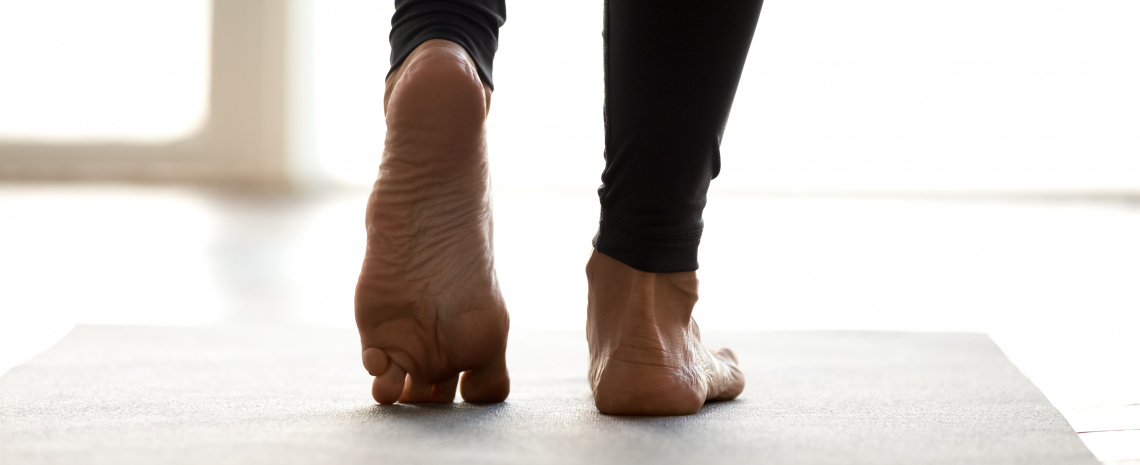
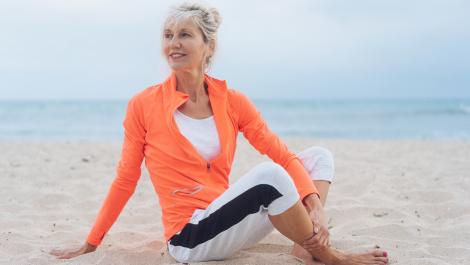

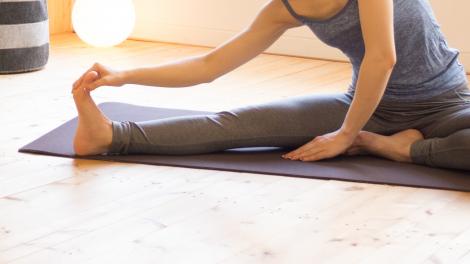
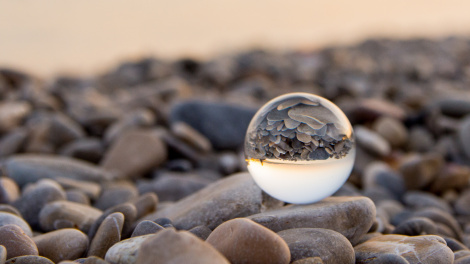
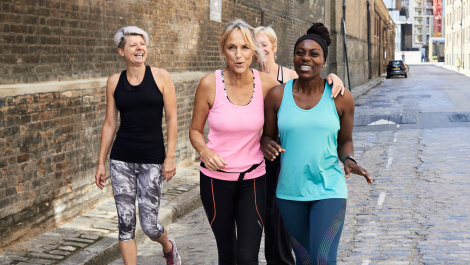
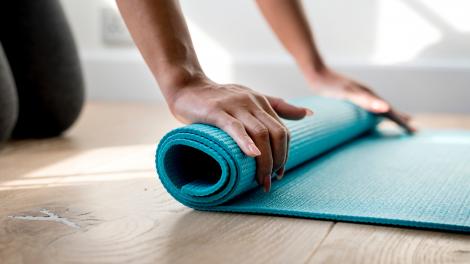

Comments